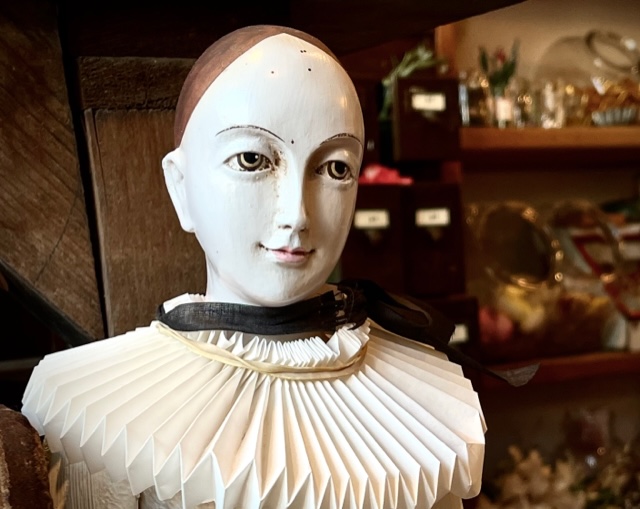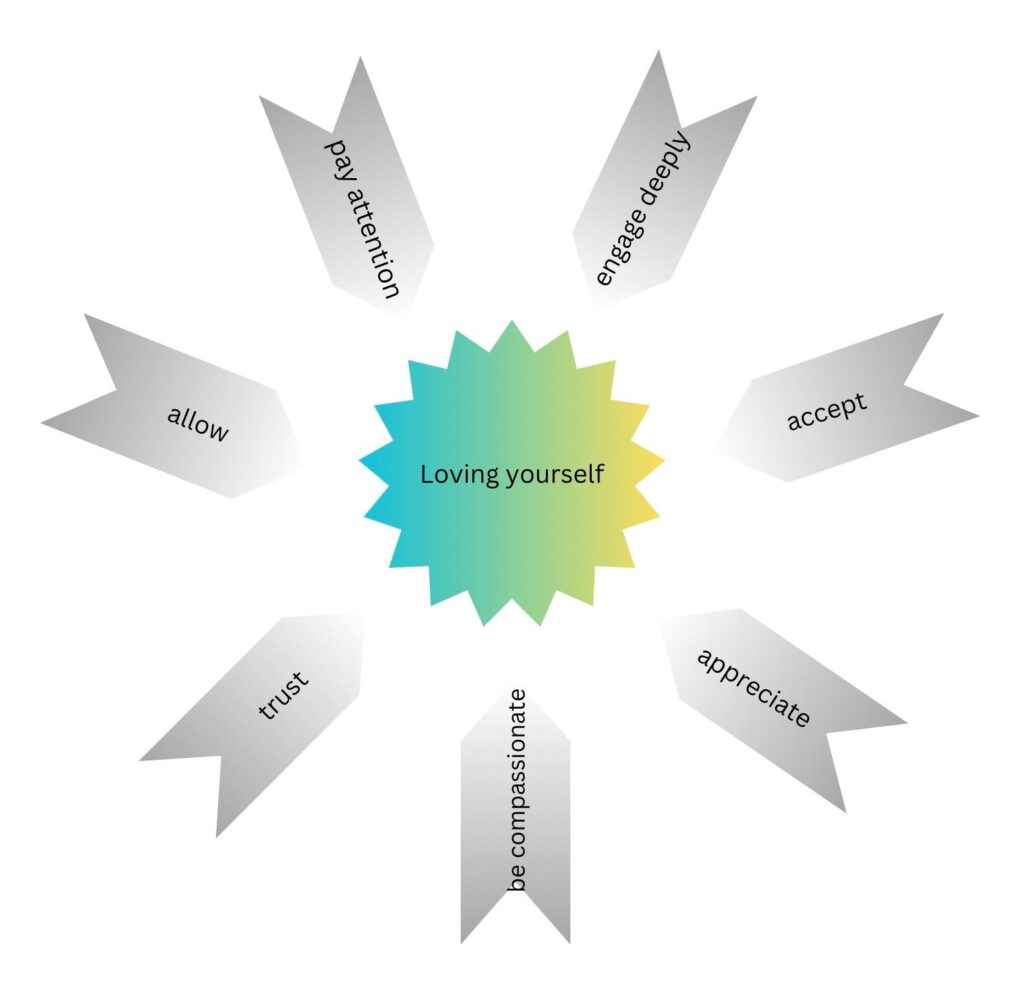
As we step into the new year, is there anyone among us who hasn’t made a wish? At the very least, we’ve reflected on the past year and made plans for the one ahead. One social media post even made me laugh out loud. A woman lounging in a bathtub calls God on the phone. She wants to make sure she’s in the 2025 health and wealth package, as she has no desire to end up in the life lessons or toughest warrior package.
Although we tie our wishes to the brighter aspects of life, no year passes without confronting the darker parts of ourselves. Nor should it. Embracing the potential hidden in our shadows and transforming it into life is one of the best things that can happen to us.
Deep down, we want to live authentically, though we may hesitate to voice this desire. Who are we to want such things? What potential lies in the darkness? Even if there’s a gem hidden within, what’s the point of uncovering it if we don’t refine or shape it? Why risk encountering the unknown, let alone the effort of processing it?
Even though we know pain is the greatest teacher, we strive to eliminate it. Why should we accept suffering?
Sure, we’ve endured the pain, but what’s the point of repeating it? Why not cover it up, put on our masks, and act indifferent? Yet, over time, even as circumstances change, we remain conditioned to respond the same way. We don’t even realize it. The situation is different; perhaps we need to pause and take a closer look. But we’re so certain it’s just a repetition that our automatic response is ready. Why stay in that space and suffer again and again?
In fact, there’s a way to break free from these repetitions that’s both incredibly simple and difficult: NOW – staying in the moment.
Embracing the moment as it is, takes us beyond what we think we understand. It’s like a door. Most of the time, we flee from what lies beyond, shut the door, and return to our cycles and masks. But sometimes, we pause at the threshold, digest what lies beyond, and grow curious. We want to understand ourselves, gathering the strength to face what’s within. That’s when transformation happens, and our wounds begin to heal, even just a little. The more we repeat this process and stay present, the more we feel its effects, and this empowers us.
Our capacity to observe the pain stirring within us grows. We can look at our feelings without identifying ourselves with them. We can trace those feelings back to when we first experienced them and embrace our past selves. It is none other than our present selves, living in the moment, who embrace and heal our past.
Being present gives us strength. We are no longer the person who once suffered. We are no longer dependent on our parents or caregivers and now have the power to direct our lives as we wish. So, what are we waiting for?
We can start small, with simple awareness practices—just five minutes a day. We watch advertisements, people passing by… Why not observe ourselves? All we need to do is stay in the moment. Pause before reacting automatically. Gradually, we’ll feel more comfortable and expand our capacity for mindfulness.
Our wounds are often tied to the past, and when we bring them into the present, we may feel as though we’re revisiting old pain. However, the key to healing lies in how we bring those past experiences into the now—not by avoiding them.
When we recall our wounds, we don’t have to get stuck in the past. By bringing awareness to these experiences in the present moment, we can process them and release the blockages that have kept us stuck.
First, we identify what triggers us and gain the opportunity to reevaluate the experience from our current perspective. In the present moment, we can allow ourselves to feel the emotions tied to past struggles—anger, sadness, fear—without being overwhelmed by them. This is a crucial step in healing and transformation. The present moment gives us the power to choose how we respond to our past. Instead of being victims of pain, we consciously process it and experience the power of making choices.
Practices that cultivate mindfulness help us stay in the present.
Let’s also remember the impact of mindfulness (as I mentioned in my previous blog):
- The brain becomes less reactive. We’re less prone to emotional outbursts (sympathetic nervous system) or overanalysis (left brain), yet remain aware. Brain activity is more balanced, moving away from fight-or-flight responses.
- The brain thinks more clearly. In a calm, balanced state, the prefrontal cortex—responsible for decision-making, awareness, and executive function—becomes more active, enabling clearer thinking and better decision-making without emotional or automatic reactions clouding our judgment.
- The parasympathetic nervous system becomes more active. This system, which supports relaxation and healing, becomes more dominant.
- The capacity to observe the mind increases. In deep meditation or a neutral state, the brain can observe thoughts and emotions without attaching to them. This doesn’t mean the brain stops working; rather, it works without identifying with or reacting to thoughts or emotions, fostering a sense of peace and clarity.
When triggered, grounding techniques—such as deep breathing or connecting with our senses—help us stay in the present moment and process emotions without getting lost in the past. Instead of diving into the story behind the trigger, we can observe sensations and feelings in our bodies. We can notice where we feel tension, warmth, or discomfort and breathe through it. And let’s not forget self-compassion—it’s an essential part of healing. Remember, we’re not “re-living” our pain; we’re releasing it.
Art therapy, writing, meditation, and yoga help us express our struggles.
Whether practiced individually or in a group, these methods strengthen our awareness. Any form of self expression—whether through the body, words, writing, music, painting, or even taste—puts a distance between our pain and ourselves. We are not what we thought or felt. We are more beyond those.
By observing ourselves and surroundings, spending time in nature—even if our minds wander at first—, allowing ourselves to gain new perspectives through various methods we open the door to experiencing life differently, naturally uncovering and refining the gems hidden in our darkness.


